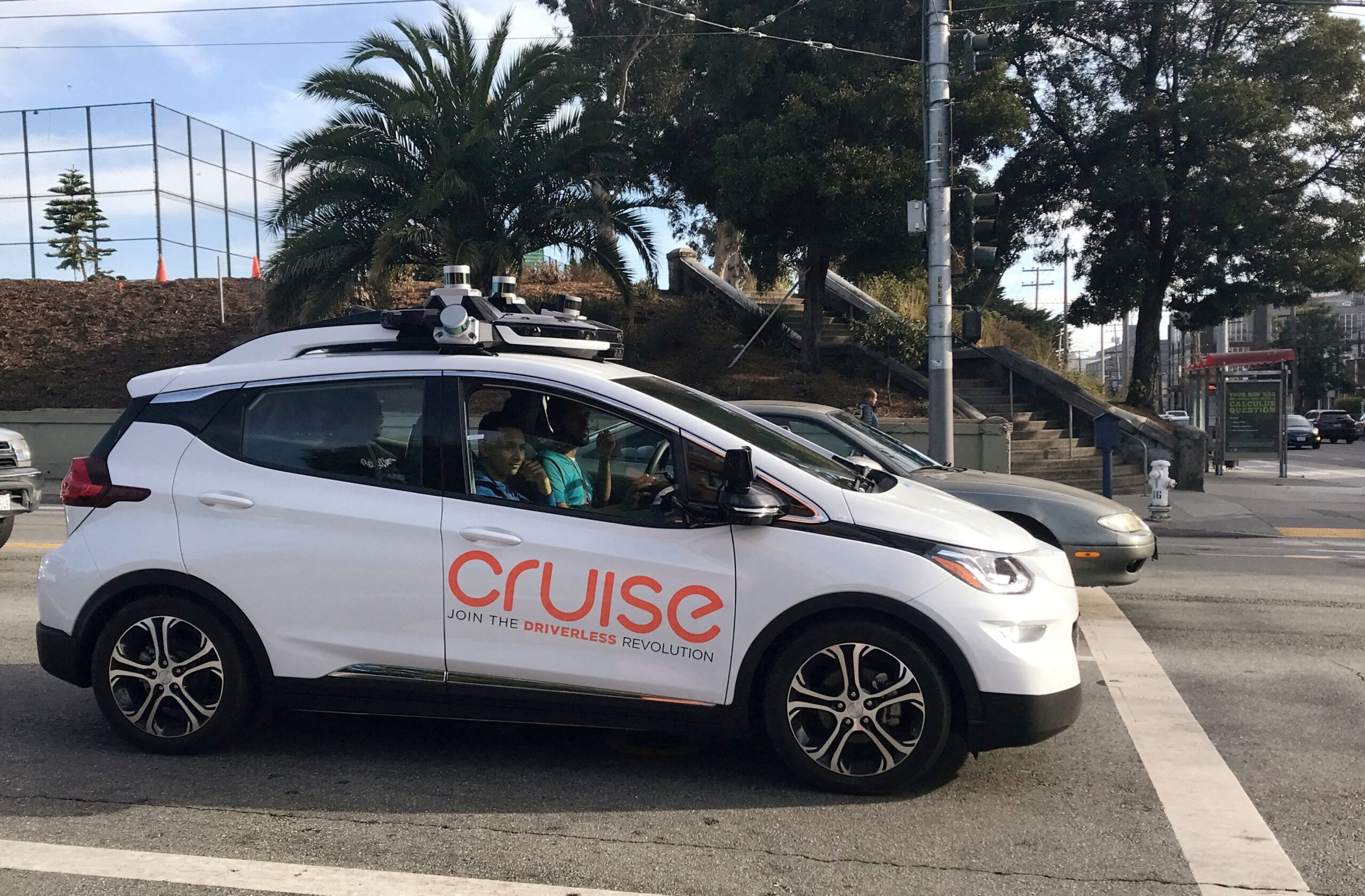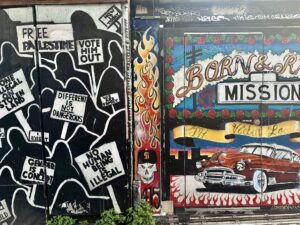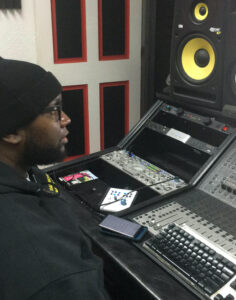October 24, 2023—the California Department of Motor Vehicles (DMV) has imposed a ban on General Motors’s Cruise Autonomous Vehicles (AVs), often known as Cruise Cars. The ban has sent shockwaves through the automotive industry, raising crucial questions about the future of driverless cars and the balance between technological innovation and public safety on California’s roads.
On October 2, 2023, the first recorded AV-human collision occurred when a pedestrian was hit by a Cruise AV in downtown San Francisco and, subsequently, was pinned and dragged 20 feet in the vehicle’s attempt to pull over. The pedestrian was critically injured. The DMV has since suspended Cruise from operating its driverless taxis in San Francisco after the company allegedly withheld footage of the crash, misrepresenting the incident.
San Francisco, the unofficial birthplace of the “robotaxi revolution,” is where companies such as Cruise and the Google-owned Waymo teach their fleets of driverless cars city driving. Being near Silicon Valley, San Franciscans have frequently served as test subjects for tech companies like Uber and Airbnb that have previously launched their products in the city.
For AV companies like Cruise, the busy and sometimes chaotic streets of San Francisco offer the perfect conditions for testing. The consensus is that if the vehicles can safely navigate the city, they can drive just about anywhere. As driverless taxis grow more widespread in the Bay Area, Cruise and Waymo have expanded to Phoenix and Austin, and they are testing their vehicles in 11 other cities across the United States.
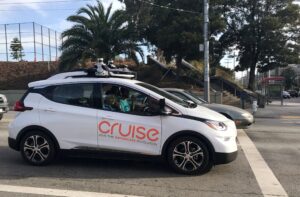
In 2018, the DMV established the Autonomous Vehicle Tester (AVT) Driverless Program. Under this program, manufacturers such as Cruise and Waymo are allowed to test autonomous vehicles without a human in the driver seat. Previously, driverless cars have operated with a safety driver, a person on contract who sits in the driver’s seat and is ready to take over in an emergency.
On November 5, 2021, Cruise approached the San Francisco city government requesting approval to deploy AVs for commercial use and offer taxi services to the San Francisco public. On June 6, 2022, following feedback from the San Francisco Municipal Transportation Agency (SFMTA) and other entities, Cruise was granted permission to provide commercial services, with 30 Cruise AVs permitted to operate in the city (excluding downtown San Francisco) between 10 p.m. and 6 a.m.
On December 16, 2022, Cruise filed to expand and offer its commercial services 24 hours a day throughout the entire city with a fleet of 100 vehicles, slowly increasing at Cruise’s discretion. Eight months later, Cruise and Waymo were offered an approval by the city to commercially operate their AVs for 24 hours a day.
The uptick of driverless vehicles in San Francisco has led to an increase of incidents ranging from traffic jams to the rear-ending of a public bus. A day after the approval of the expansion for round-the-clock AV services, 10 Cruise driverless taxis stopped working in San Francisco’s North Beach, leading the public to question whether or not the expansion of driverless taxis should have been approved.
On March 21, 2023, amidst vicious windstorms that caused a record number of trees to fall in the city, swaths of reports pertaining to AVs were filed. Many vehicles belonging to Cruise struggled, obstructing the city’s responses to the storms. Fog has also been found to impair AVs’ visibility, leading to confusion and traffic jams.
The San Francisco Fire Department (SFFD) Fire Chief Jeanine Nicholson said to Fox News, “I appreciate the safety that autonomous vehicles can bring to the table in terms of no drunk drivers, no speeding, all that kind of stuff. However, they’re still not ready for prime time because of how they’ve impacted our operations.” The SFFD has had to create an “Autonomous Vehicle Incidents” reports category after receiving a large amount of “Unusual Occurrence” reports related to driverless taxis.
After months of turbulence for Cruise and their driverless taxis, the October 2 incident forced the DMV to take action against Cruise, limiting the company to testing cars in San Francisco with safety drivers once more. The DMV stated that Cruise’s inability to pull over effectively after colliding with a pedestrian indicated a lack of proper and safe responsiveness to incidents.
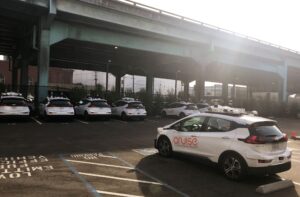
photo courtesy of Reuters
Taking accountability, the company initiated a software update. “With the new update, the Cruise AV would have remained stationary during the October 2 incident,” read a statement from Cruise. The company proceeded to voluntarily recall all 950 of its cars across the country to update the software and is now considering layoffs. Cruise has also hired a Chief Safety Officer, appointed an engineering firm to find the technical cause of the incident, and hired a law firm to review the vehicle’s response to the October crash.
Less than a month after the company implemented these preventative changes, the founder and CEO of Cruise, Kyle Vogt, resigned from the company. Cruise continues to lose money and has been left reeling after Vogt’s departure. Companies such as Waymo continue to operate in San Francisco, but the incident involving Cruise has become a cautionary tale. While AVs are often considered a nuisance by San Franciscans, some like Angelina Sorenson ‘24 express contrasting views. “I felt a little uncomfortable [about AVs], but overall I just felt a sense of awe. Riding in the [autonomous] car was a reminder that the future is here,” she said.
It is unclear what the future will look like for San Francisco’s driverless cars, but as they become more common, it is clear that San Francisco must continue to heavily regulate their place in the city.



